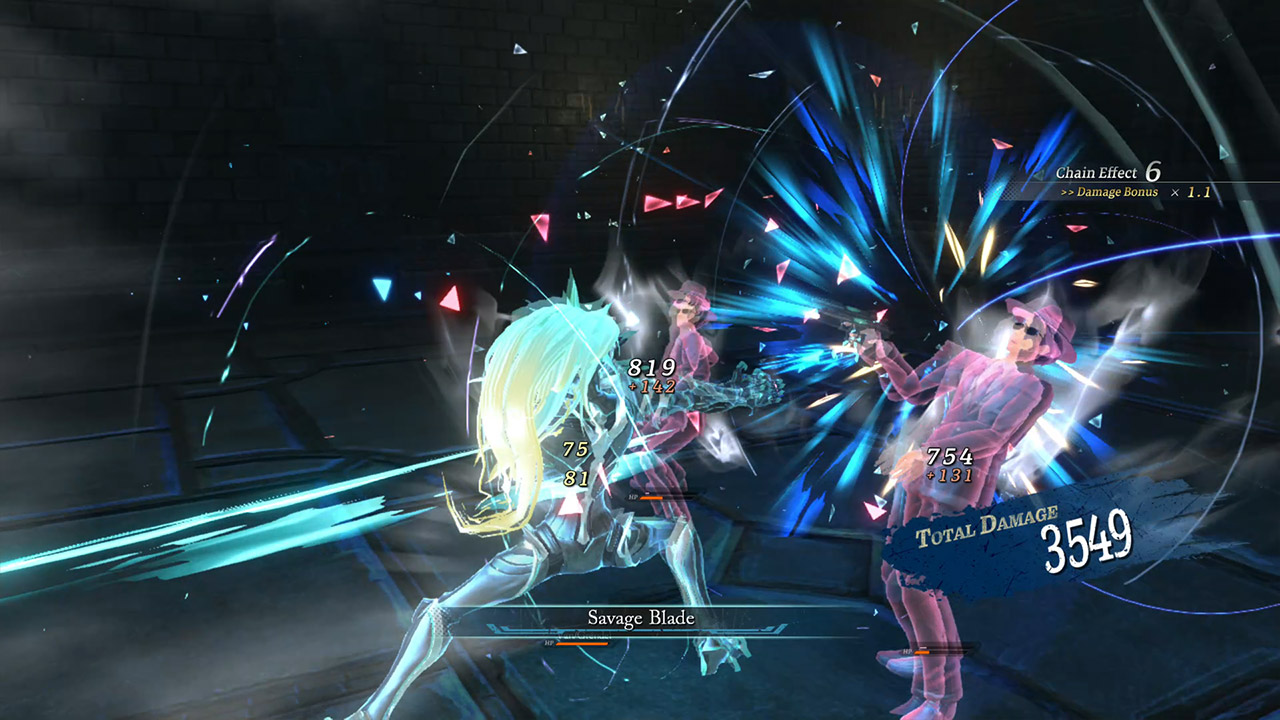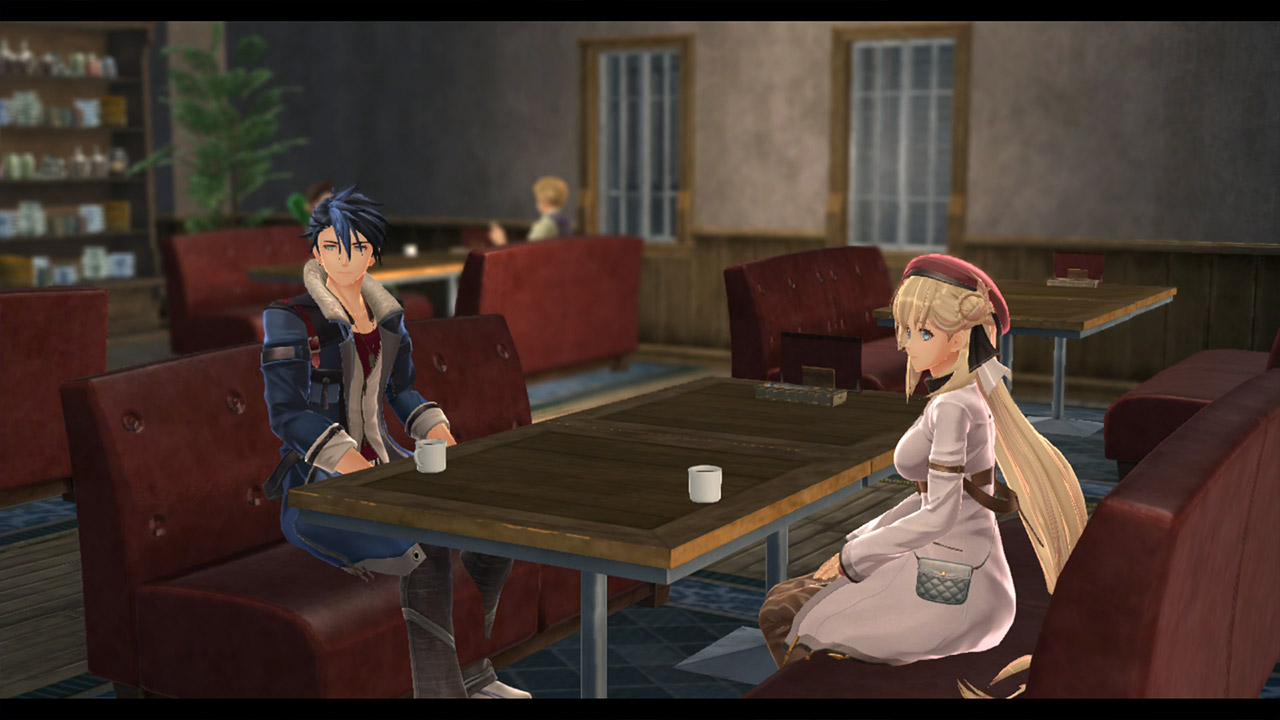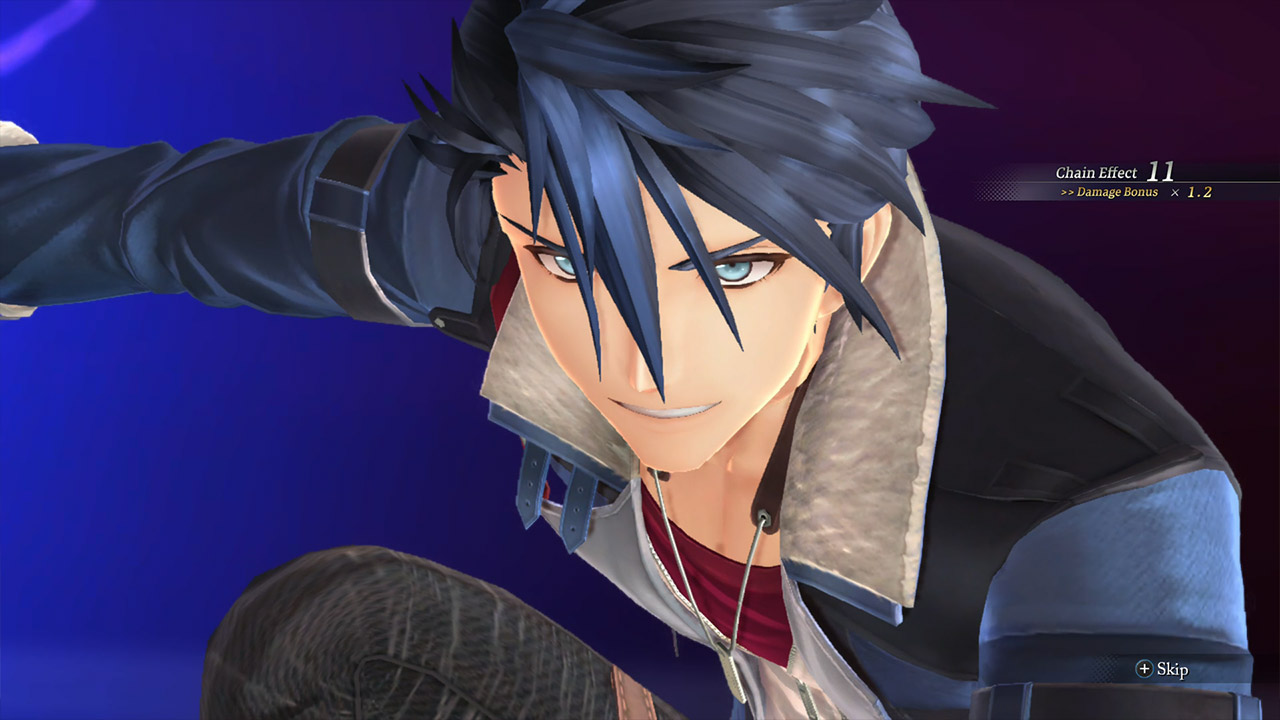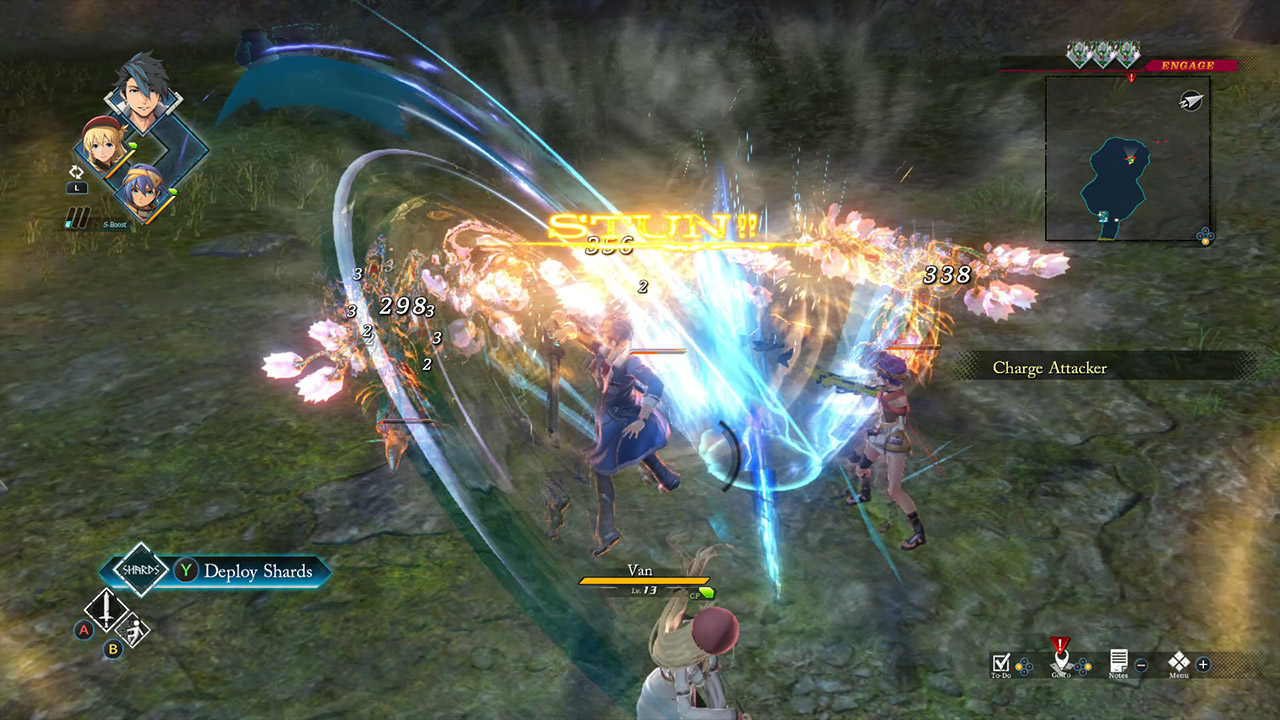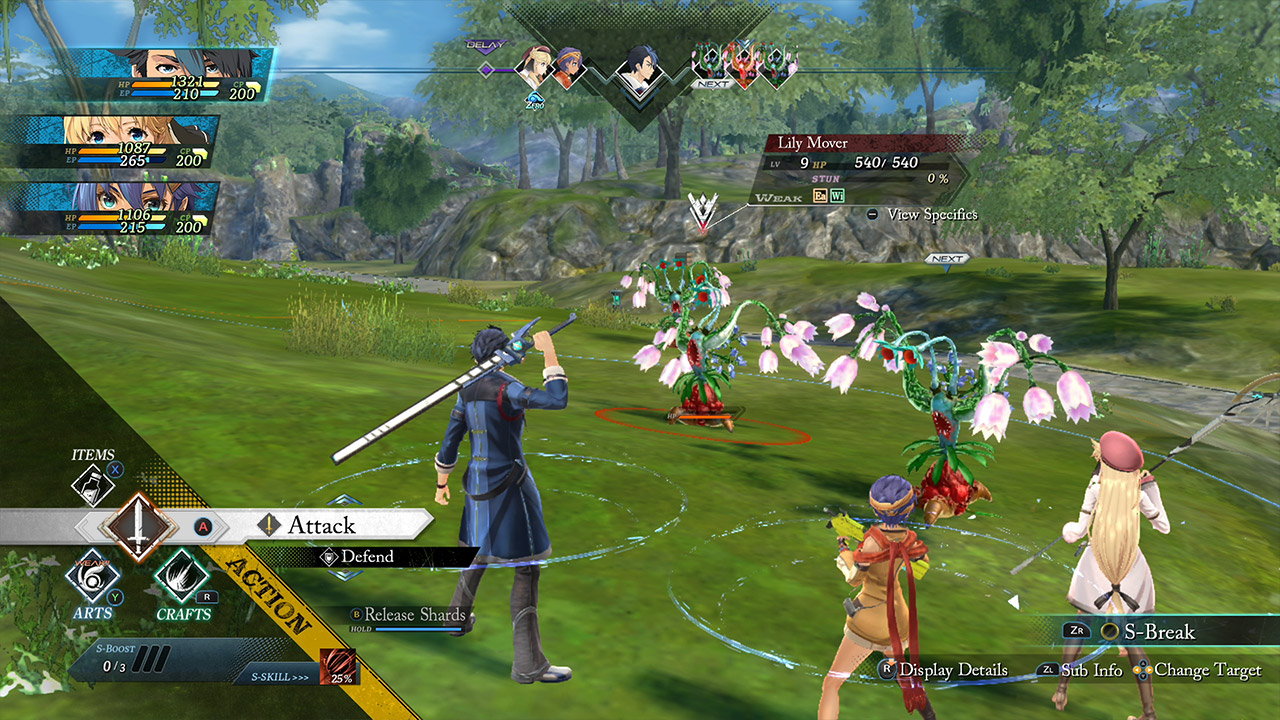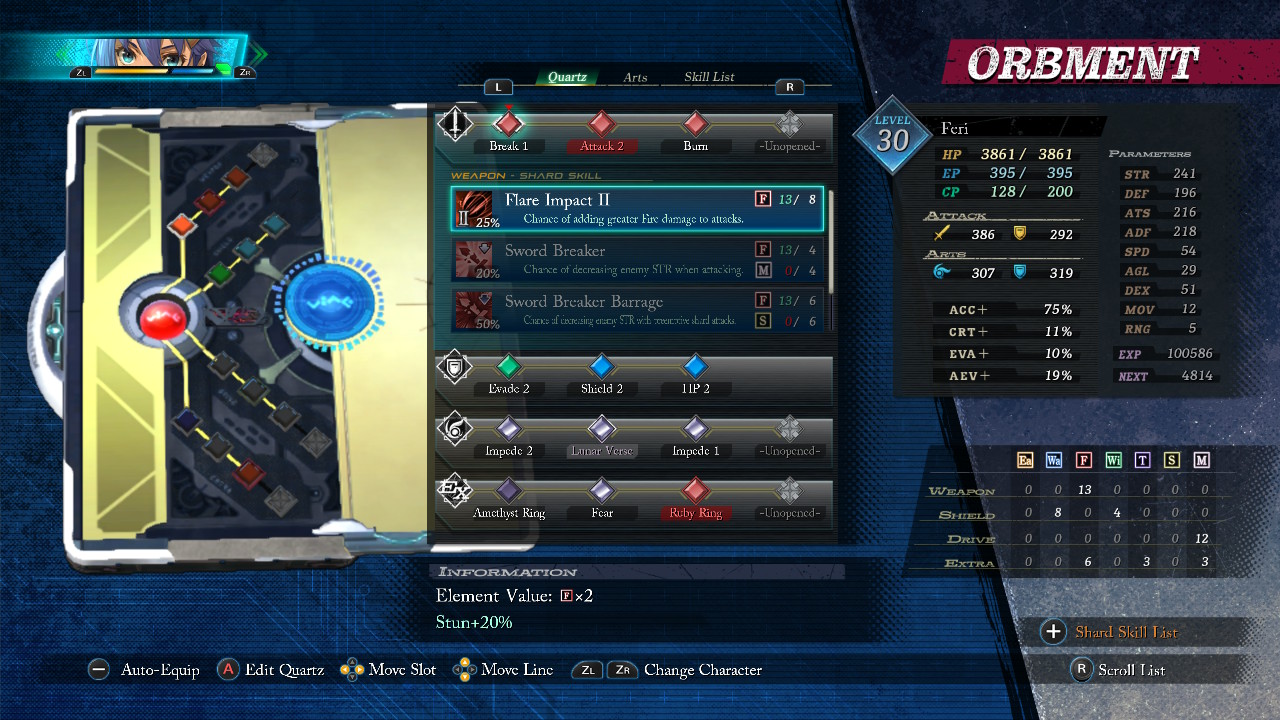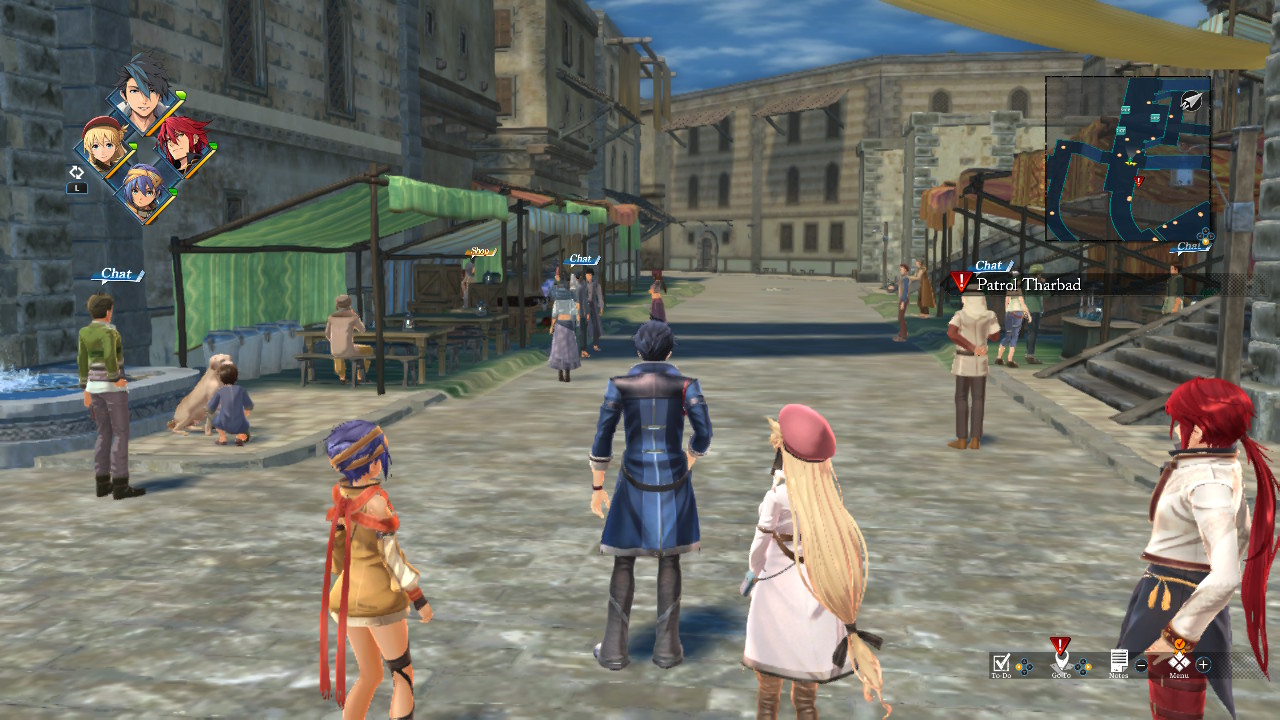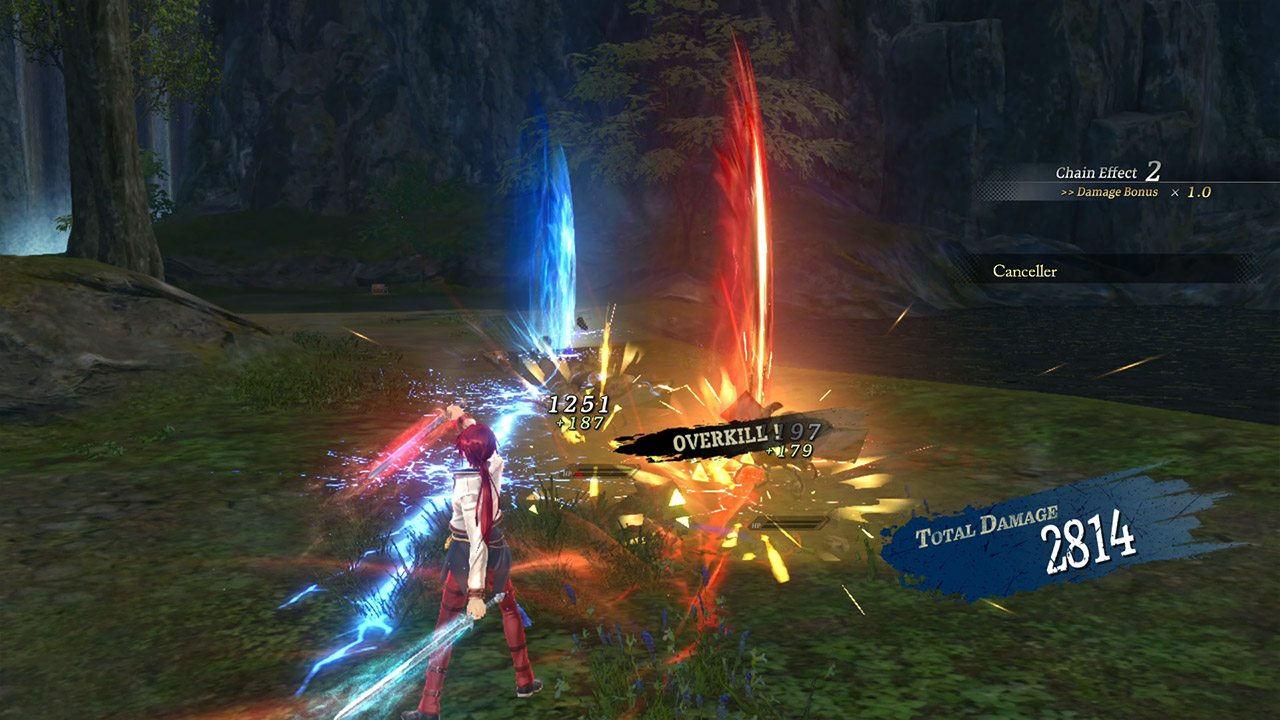An updated (Ark)ride through similar trails.
The Legend of Heroes: Trails Through Daybreak is the fresh start the series needed. It’s an odd claim to make, considering we’re apparently only halfway through the Trails series, which began all the way back in 2004. We’re now ten games deep, not including spin-offs, only about half of which were released for Nintendo systems.
Daunting? Yes. But again, Trails Through Daybreak serves as a fresh start. Although some locations, characters, and references will be familiar to series fans, there’s very little here that will make newcomers feel lost. The game starts, for instance, not in the middle of a large battle like previous Trails games have, but with a young lady, Agnès Claudel, hiring an investigator, Van Arkride, to help her find a family heirloom. Seems innocent enough, right?
Yeah, you know better than that.
Van isn’t your typical PI, for one thing. He accepts missions that are legal, but barely so—the kind of missions where the clients can’t go to the police (or the Bracers, series fans) for whatever reason. Van is willing to walk the line between law and chaos, which is something you, the player, will do as well. At the end of many missions, Van must decide how to bring them to a close. This will affect his rankings in law, chaos, and the gray area in between. What you decide has some effect on late-game proceedings, but it’s never a big deal, and the choices you’re given are never completely morally wrong.
In typical Legend of Heroes fashion, it’s not long before this party of two becomes a party of three. Then four. Then a rotating group of guests to shuffle in and out. The good news is that despite relying on a (mostly) new cast of characters, series fans will feel instantly at home with all of them. Their personality quirks and dialogue beats are tonally in line with previous games, right down to everyone making fun of Van for being the old guy despite his constant reminders that he’s only 24.
I’ve focused this review thus far on characters because that’s what the Legend of Heroes games do. They’re decidedly dialogue-heavy. This was helpful in games past, as the conversations brought players up to speed. Here, a lot of the dialogue is character focused, doing nothing to drive the plot or deepen the lore. I liked that. It helps the player come to know the people on the adventure. Everyone gets a punchline to deliver, a goal to reach, a past to overcome (or at least come to terms with). They’re accessible.
But the accessibility doesn’t end with the new characters; there are plenty of new gameplay elements, too. The biggest of these is the addition of real-time combat. Although The Legend of Heroes: Trails Through Daybreak is still a turn-based combat game at heart, players now have the option of engaging lesser enemies in simple, action-oriented battles. Attack, dodge, and stun are your only moves, so there’s not much to them, but they allow you to gain necessary experience and resources without stopping for more calculated turn-by-turn moves.
Boss battles are still fully turn-based, and hacking away on some enemies in real time isn’t the most efficient way to handle them, but the option means you’re more likely to enter into all available battles, in turn ensuring you’re leveled up and ready for the big, unavoidable ones.
Turn-based combat is pretty much the same during those bigger fights. You can choose between basic attacks, arts, and CP attacks, with the timeline of who gets to move when dispalyed at the top of the screen. Arts can take a while to cast. CP attacks are more powerful but more limited in use. Characters can be more freely positioned in the combat arena this time, and you can access boosts from team members just by standing with in proximity to them.
It’s also easier to activate each character’s special CP attack, although they seem less powerful than before.
Oh, and if your skill levels (or patience) vary between turn-based and realtime battles, no worries; you can set the difficulty settings for each individually.
Series fans will also notice the changes to the orbment system of arts and enhancements. Previous Trails entries were fairly rigid in how you assigned a character’s skillset and enhanced their abilities—you kind of had to get it right from the start. Trials Through Daybreak makes it easier to quickly shuffle their Arts Driver (which provides their basic skillset) and the Quartz enhancements for each. Facing a tough boss that’s weak to earth attacks? Swap out the characters’ current Quartz set with more earth-based skills. Win, then swap them back. You don’t need to plan so carefully this time around, and you won’t find yourself without proper healing skills, for example, when the story temporarily takes your best healer away from you.
Even the flow of the town exploration has been changed a bit. Yes, Trails Through Daybreak has the same loop—enter a new town, explore it, buy stuff, accept and perform sidequests, and then complete the main task to move on. Previous games, however, made it very easy to miss items that could’ve been a big help later on. That didn’t seem to be the case this time, with gift items and key accessories being more easily identifiable at stores. Or, maybe I’ve just played enough Trails games to know how the system works. Either way, I felt like I spent less time backtracking through town to make sure I’ve acquired everything that would be locked away after moving on.
Speaking of towns, the setting of Calvard is a bit more diverse than normal, too. The various cities have obvious worldly inspirations—Chinese and the Middle East, for example—which helps them become more memorable.
This also leads to some interesting costume designs. Who cares about costumes, you ask? Trails fans, I guess, considering the myriad options available through DLC. Rather expensive DLC, too. $30 to dress the characters in swimsuits? No thanks. Proper footwear is important in combat.
The overall visuals are fine. The settings are colorful but oddly basic and angular. They give the series a distinctive look that provides solid performance when playing docked or in handheld mode (although I wouldn’t recommend the latter because the type is tiny). The music is also good, although it’ll mostly just disappear into the background. The battle animations seemed to have been toned down, and they’re still skippable. After seeing the prolonged attack animations once or twice, you’ll want to use that feature.
My only real complaint about The Legend of Heroes: Trails Through Daybreak is that it takes too long to get moving. Halfway through the game, it still felt like I was just accompanying a group of friends on a holiday lark. Hints of greater dangers, secret pasts, and ulterior motives are scattered throughout, but nothing seems terribly important for quite some time. After the political weight of the Trails of the Cold Steel games, it was an odd decision for so much of Trails Through Daybreak to center around a film festival.
The game still suffers from prolonged narrative dumps, too. You don’t want to hit a significant story marker just before an obligation or bedtime, as you could get caught in a half hour of animations and text during which you can’t save. Oh, and there also seems to be no rhyme or reason for what dialogue is voiced and what isn’t. Characters just randomly stop talking for no reason, as if the script was expanded or altered after all the actors had gone home. Weird.
But it’s easy to look past those faults thanks to The Legend of Heroes: Trails Through Daybreak’s focus on what matters in these games: combat and characters. This entry delivers them much more effectively than Trails Into Reverie and more accessibly than Trails of Cold Steel III. It’s a solid choice to occupy your time during the Switch’s twilight, during which you can catch up on the Trails games you missed.
Review: The Legend of Heroes: Trails Through Daybreak (Nintendo Switch)
Very Good
The Legend of Heroes: Trails Through Daybreak takes a while to get moving, but is otherwise as J as JRPGs can get. A new cast of characters and the new settings make it more accessible than previous Trails releases on the Switch, and gameplay tweaks will please those who don’t enjoy the grind of turn-based combat and complex party management.

